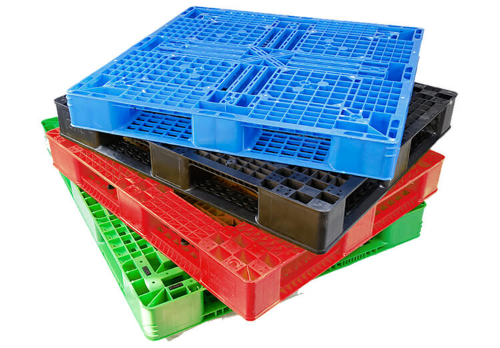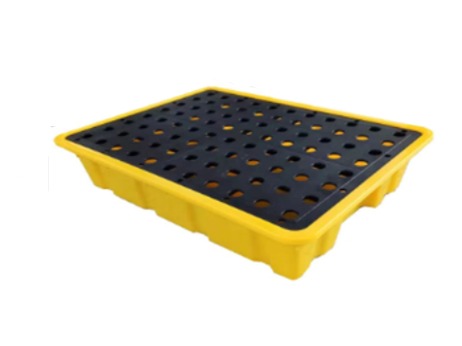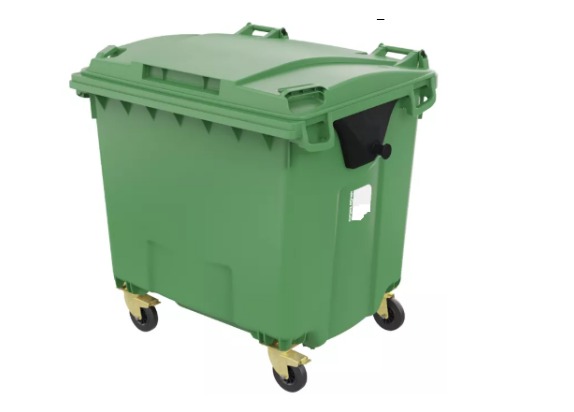-
Time:9/2/2025
-
Time:8/4/2025
-
Time:7/2/2025
-
Time:6/10/2025
-
Time:5/6/2025

- CONTACT US
- [email protected]
Products News
Advantages And Analysis of Plastic Card Board
 Time:7/3/2020
Time:7/3/2020 999
999Share:
Plastic card board is generally made of plastic goods pallet, often used in Logistics Park transportation industry. Generally in the fruit transportation, express transportation can see, plastic material can effectively avoid the deterioration of load caused by weather changes. There are two types of card board classification, one is shape classification, the other is structure classification. The shape types can be roughly divided into two-sided type, single-sided type, flat type and grid type. Generally, different shapes of cards are used for different goods transportation. For example, single-sided boards are used for transporting goods, while single-sided ones are often used in supermarket shelves.
Plastic pallet, is used for loading and unloading, transportation, storage and distribution of goods. It is composed of loading surface and forklift socket which can carry a number of items. It is the most insignificant but ubiquitous logistics appliance in the logistics industry, and it is the main means of transforming static goods into dynamic goods. Although it is only one meter square in size, it can "move the whole earth", so it is also called "moving ground" and "moving cargo platform". It is widely used for carrying goods, fruit boxes, etc. It can effectively prevent the deterioration of products caused by weather.
Advantages of card board:
1. It is resistant to corrosion, moisture and moth
2. Long service life, light weight
3. The bearing capacity is strong
4. It can prevent static electricity
5. The price is lower
The use of plastic pallets can save space to a large extent, and it is a good transportation and loading tool. Aceally is a professional plastic products manufacturer with excellent product quality. Welcome to consult.














